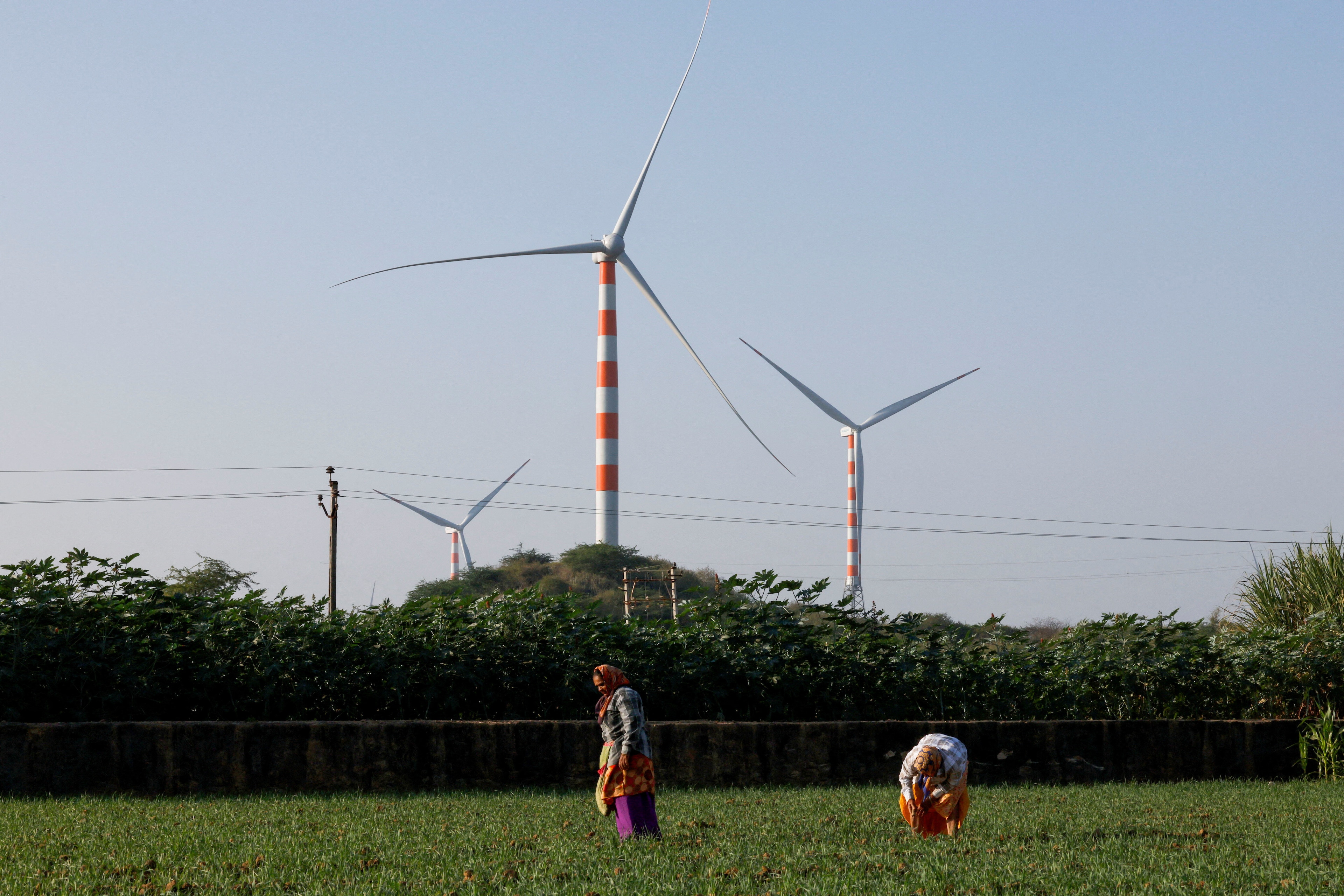This Mexican company is making biofuel from cactus plants

The common, unremarkable cactus, which is proving its worth in a different way.
Image: REUTERS/Tomas Bravo
Stay up to date:
Latin America
Drive 125 km west of Mexico City toward the municipality of Zitácuaro and you’re unlikely to come across anything particularly remarkable. Except for the prickly pear cactus, that is.
The prickly pear, or Opuntia, grows to a height of between five and seven metres and measures up to one metre in diameter. But that’s not remarkable; the pachycereus pringlei, also known as the Mexican giant cardon or elephant cactus, grows as high as 18 metres.
The Opuntia isn’t particularly rare either. And although it’s used in cooking (make sure you remove the prickly glochids, or spines, before eating), it is neither particularly flavoursome nor nutritious.
In fact, in almost every respect this is a remarkably unremarkable plant. But the prickly pear – known as the nopal in Mexico – could be the key to unlocking a new and sustainable source of biofuel.
‘Green gold’ solves a prickly problem
Rogelio Sosa López, is a farmer and tortilla producer from Zitácuaro. Like many farmers, he was always open to the idea of finding new ways to keep operating costs down. Working with a colleague, Antonio Rodríguez, Señor López began pulping the flesh of nopales and fermenting it to produce biofuel, thereby helping reduce his regular fuel costs.
When chopped and pureed, then mixed with manure, the nopales flesh breaks down to produce methane and water. López and Rodríguez went on to set up Nopalimex, a firm focused on the production of green sources of energy.
Its biogas has been powering agricultural machinery since 2016 and now Nopalimex is supplying fuel to the Zitácuaro city authorities to use in a fleet of its vehicles. At a cost of just $0.65 (or 12 pesos) per litre, it’s about one-third cheaper than standard gasoline or diesel. And it burns considerably cleaner.
Biofuel v your next meal
Wheat, sugarcane and soybean are among some of the most commonly grown biofuel crops. They also figure prominently in the food chain – for both people and livestock.
Around 80% of the world’s soy is grown in the US, Brazil and Argentina. In the US, 34.4 million hectares of land are dedicated to soy production, generating in the region of 108 million tonnes per year. Soy is used in a variety of foodstuffs – tofu, soy sauce and meat substitutes are some of the more visible examples but as an oil, it is used as an ingredient in a range of products. It’s also hugely important for livestock feed and its role in biofuel production is also on the rise.
But creating space for soybean crops has resulted in deforestation, the displacement of endangered wildlife and catastrophic disruption of indigenous peoples’ way of life. Over the last 11 years, an area of land equivalent in size to the country of Wales has been cleared for soy production in the Cerrado area of central Brazil.
Nopales, however, have a number of strategic advantages over the usual biofuel crops.
While they are used in food and drink production, they’re not consumed on an industrial scale. So increased demand for nopales in the creation of fuel is not going to put pressure on food prices. Similarly, they aren’t grown on traditional agricultural pasture, which means no increased competition for the resources currently being used for global food production. Furthermore, if the prickly pear displaces soy in biofuel production that drop in demand could help stabilize or even reduce food prices.
And if all that isn’t enough to make you look at the nopal in a new light, it is also being used as a potential alternative for single-use plastic. Research scientist Sandra Pascoe of the University of the Valley of Atemajac in Mexico has used nopal juice as the foundation for a new plastic-like material.
The juice contains monosaccharides and polysaccharides, which can be combined with glycerol, natural waxes and proteins to create a liquid that forms into plasticky sheets. Unlike regular plastic, the nopal juice alternative decomposes naturally when buried, which could help in the fight against plastic pollution.
Don't miss any update on this topic
Create a free account and access your personalized content collection with our latest publications and analyses.
License and Republishing
World Economic Forum articles may be republished in accordance with the Creative Commons Attribution-NonCommercial-NoDerivatives 4.0 International Public License, and in accordance with our Terms of Use.
The views expressed in this article are those of the author alone and not the World Economic Forum.
Related topics:
Forum Stories newsletter
Bringing you weekly curated insights and analysis on the global issues that matter.
More on Energy TransitionSee all
Gaurav Upadhyay and Labanya Prakash Jena
August 8, 2025
David Timis
August 8, 2025
Forum Stories
August 6, 2025
Marina Colombo and Lynn Kappes
August 6, 2025
Sverre Alvik
August 5, 2025
Michael Wang
July 28, 2025





